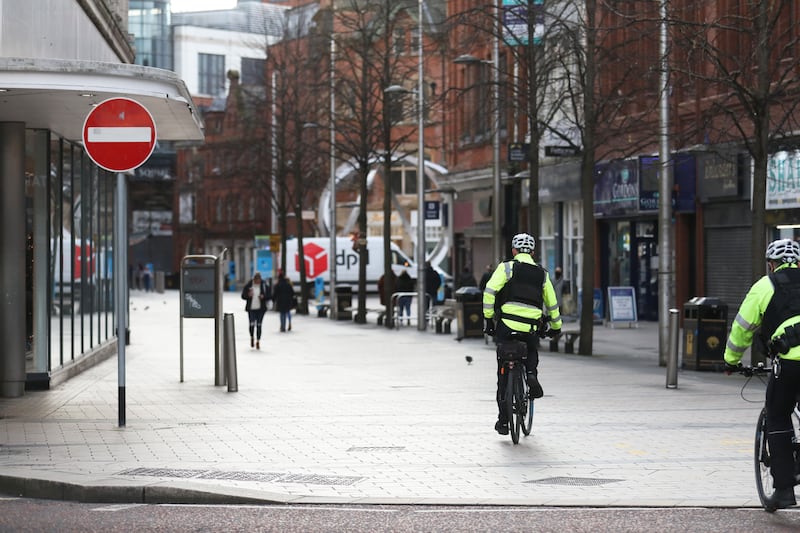THE typical wage packet for full-time workers in the north has increased by 1.2 per cent in real terms to £535 over the past year, the latest official data suggests.
New research published by the Northern Ireland Research and Statistics Agency (NISRA) showed that median average earning in the north for full-time employees stood at £27,434 at the end of April 2019. It compares with the UK median of £30,353.
The figures revealed that making it into the top ten 10 per cent of the north’s earners requires an annual salary of £50,000, while a yearly wage of £62,000 would take you into the top five per cent.
While it’s the fourth annual increase in real earning in the past five years, the picture of recovery for salaries since the 2008 recession is not yet complete for everyone, a leading economist has said.
Ulster Bank chief economist Richard Ramsey said in some cases, earnings are still below 2009 levels.
But he said when adjusted for inflation, the north’s private sector has finally seen its wages surpass the 2008 peak, reaching £25,500, compared with £25,100 in 2008.
“Inflation busting increases in the national living wage and private sector earnings in 2019 have improved the situation,” said Mr Ramsey.
“As a result, private sector full-time earnings have almost returned to their 2008 peak.
“However, full-time earnings (after inflation) for all employees (public and private) remain at £1,400 per annum (almost five per cent) below their 2009 peak.
But he said while the median full-time private sector wage (in real terms) is at an 11-year high, the public sector equivalent is at a six-year low.
“The median full-time public sector wage of £31,683 was down 2.8 per cent year-on-year when adjusted for inflation. In real terms, the public sector full-time median wage has fallen by 6.5 per cent since 2016 and is seven per cent below the corresponding figure a decade ago.”
While the proportion of low-paid jobs in the north is now at the lowest level for 20 years, Northern Ireland still has the highest rate of low paid jobs in the UK.
The north also has the second lowest percentage of high-paid jobs in the UK.
Meanwhile the date showed that Northern Ireland is the only region in the UK where full-time females earn more per hour on average than males.
However the gender pay gap is reversed, once all employees across every working pattern are considered. In that case, men still earn more on average than women.
Mr Ramsey said while there has been a lot of focus on Northern Ireland’s record low unemployment figures in recent months, the fresh data on wages brings the issue of the north’s poor productivity rate back into focus.
“The preponderance of low-paid employment and relatively low levels of high-paid jobs underscores the need for Northern Ireland and its job creation agencies to redouble efforts in targeting productivity rather than simply job creation.”








